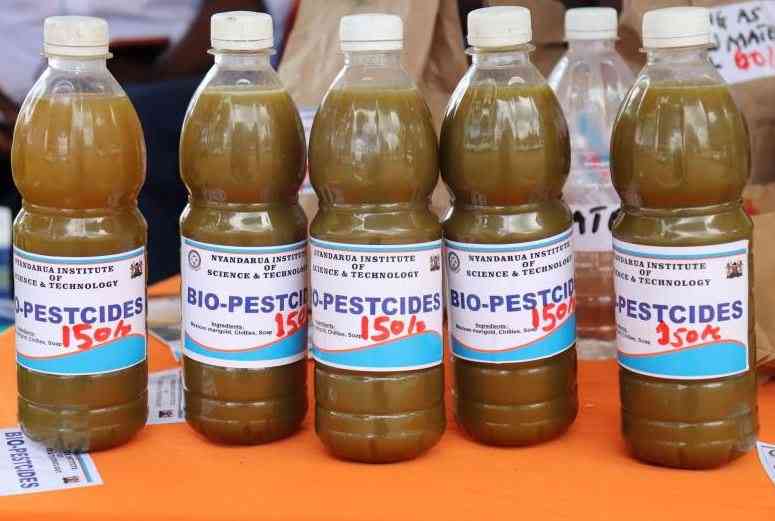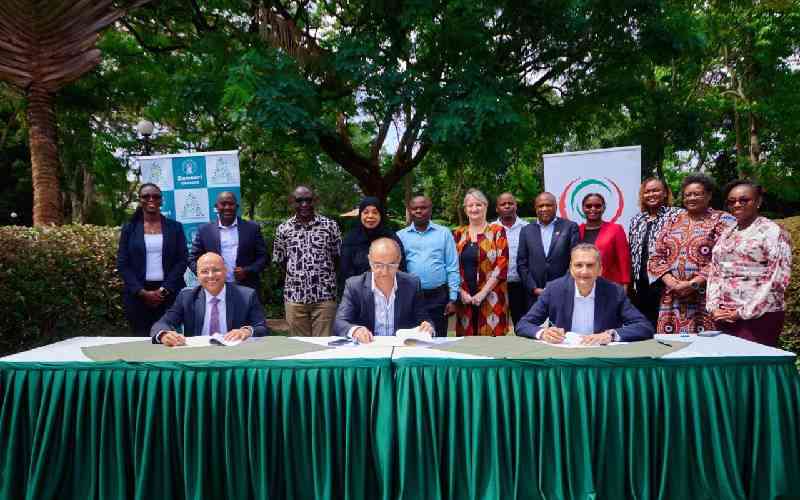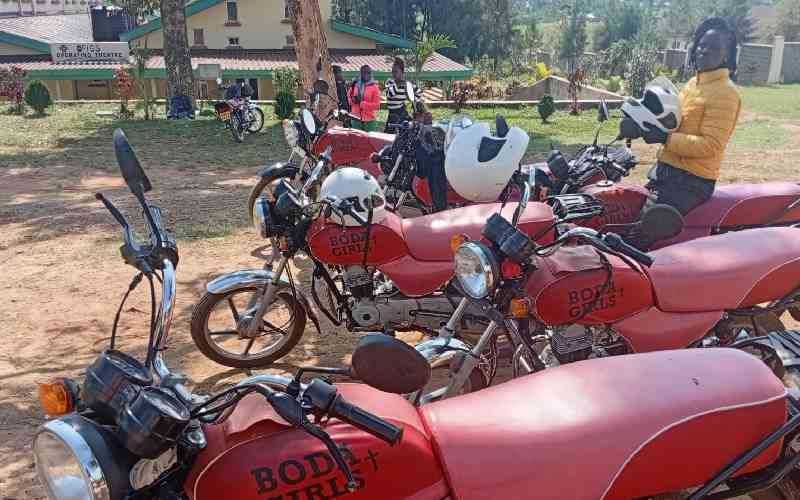
Kenya continues to grapple with the threat of desert locust invasions, which endanger food security, biodiversity, and the livelihoods of vulnerable communities.
The 2019–2020 desert locust outbreak in Northern Kenya was the worst in 70 years, forcing desperate communities to use basic methods like beating drums and revving motorbikes to ward off the swarms.
Traditionally, Kenya has relied on aerial and ground spraying of synthetic pesticides for rapid pest control.
While effective in the short term, these chemicals have triggered concerns over their long-term impact on human health, pollinators, soil life and ecosystems.
In response, a National Workshop led by the Catholic Organisation for Relief and Development (Cordaid Kenya), the International Centre of Insect Physiology and Ecology (ICIPE), and the Indigenous Movement for Peace Advancement and Conflict Transformation (IMPACT Kenya) launched the B(Eat) the Locust Project.
The initiative advocates for safer, sustainable alternatives like biopesticides, which are derived from natural sources such as fungi, plants and bacteria.
Speaking during the National Workshop on Promoting Biopesticide-Based Desert Locust Control, Cordaid’s Monitoring and Evaluation lead, Fredrick Owino, highlighted the project’s origins.
“This is one of those projects inspired by the 2019 desert locust invasion. We asked ourselves, how do we find alternative ways to manage locusts and build community resilience?”
The project, implemented in Isiolo, Marsabit, Samburu and Laikipia, focuses on building a scalable insect-based value chain.
“We’re training 34 community groups, 82 per cent of whom are women, on cricket rearing for animal feed and income generation,” Owino said.
According to Joseph Mbatha, Programme Officer at Cordaid and the project lead, one of the major setbacks to mainstreaming biopesticides is the policy vacuum.
“Biopesticides are safer and targeted. Unlike chemical pesticides, they don’t harm bees or beneficial organisms,” he explained. “Yet, due to lack of awareness and weak policies, many still opt for harmful chemicals.”
Mbatha further explained the difference between synthetic and biopesticides: “Synthetic pesticides are like lab-made drugs, while biopesticides are more like herbal medicine, natural, targeted and with minimal side effects. They’re not only effective but also environmentally friendly.”
However, without a clear regulatory framework, researchers and manufacturers face a difficult journey.
“Some biopesticide products take up to ten years to get registered due to repetitive testing by different regulatory bodies,” Mbatha said.
“In India, it takes only six months. That’s the kind of bottleneck we need to fix.”
Dr Margaret Kababu from ICIPE emphasised the value chain component. “ICIPE has supported the development of insect-based feeds, including crickets, as a means of livelihood and food security. Northern Kenya’s hot climate is ideal for insect farming,” she said acknowledging the importance of having all relevant stakeholders involved.
The workshop brought together researchers, policymakers, civil society groups, private manufacturers and community representatives to explore the viability of enacting a National Biopesticide Policy.
Key discussions focused on streamlining product registration, certification of agro-dealers, farmer education and building market incentives for biopesticide adoption.
“This is just the beginning,” said Mbatha. “We want to move from awareness to action. Kenya has over 20 legislative documents touching on sustainable agriculture, but none provides clear direction for biopesticides. That’s the gap we’re here to close.”
The effects of climate change and chemical overuse are becoming more evident with each passing season, making the call to action more urgent than ever.
“We need a coordinated, well-implemented policy that protects farmers, food systems and the environment,” Owino said. “And we need it fast.”
 The Standard Group Plc is a multi-media organization with investments in media
platforms spanning newspaper print
operations, television, radio broadcasting, digital and online services. The
Standard Group is recognized as a
leading multi-media house in Kenya with a key influence in matters of national
and international interest.
The Standard Group Plc is a multi-media organization with investments in media
platforms spanning newspaper print
operations, television, radio broadcasting, digital and online services. The
Standard Group is recognized as a
leading multi-media house in Kenya with a key influence in matters of national
and international interest.











